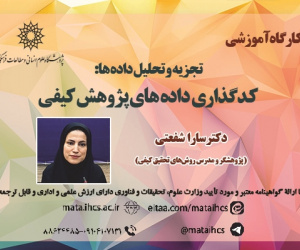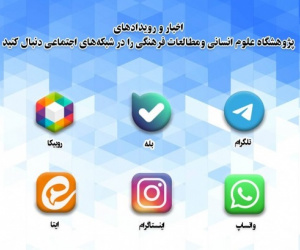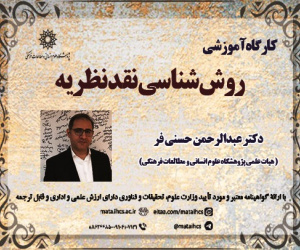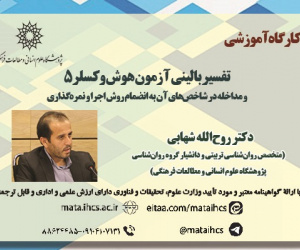طراحی الگوی برنامه درسی مبتنی بر تفکر خلاق در درس ریاضی پایه ششم ابتدایی (مقاله علمی وزارت علوم)
درجه علمی: نشریه علمی (وزارت علوم)
آرشیو
چکیده
مقاله حاضر با هدف طراحی الگوی برنامه درسی مبتنی بر تفکر خلاق برای درس ریاضی پایه ششم ابتدایی انجام شد. جامعه پژوهشی شامل اسناد علمی معتبر مرتبط با موضوع بود و داده ها با استفاده از الگوی هفت مرحله ای هورد (1983) و روش کدگذاری باز و محوری تحلیل شدند. منطق این برنامه بر خلاقیت، تفکر سطح بالا، عدالت آموزشی و پیوند بین نظریه و عمل تمرکز دارد. اهداف شامل پرورش خلاقیت ریاضی، بهبود عملکرد، افزایش مهارت های حل مسئله و کاهش اضطراب ریاضی است. محتوا به صورت چالش برانگیز و انعطاف پذیر طراحی شده و از روش های یادگیرنده محور مانند یادگیری مشارکتی، تکالیف چالش برانگیز و فعالیت های مرتبط با دنیای واقعی استفاده می کند. معلم نقش راهنما دارد و از فناوری های تعاملی بهره می برد. دانش آموزان بر اساس سبک های فکری، توانایی ها و علایق گروه بندی می شوند. اجرای برنامه فراتر از زمان و فضای کلاسی است و ارزشیابی به صورت مستمر و با روش های متنوع انجام می شود. یافته ها نشان داد که این برنامه درسی با بازتعریف عناصر برنامه درسی، رویکردی نوآورانه و خلاقانه ارائه می دهد.Designing a Curriculum Model Based on Creative Thinking for Sixth Grade Elementary Mathematic
This study aimed to design a curriculum model based on creative thinking for sixth-grade elementary mathematics. The research corpus comprised of valid scientific documents related to the subject. Data were analyzed using Hurd’s seven-step model (1983) along with open and axial coding methods. The underlying logic of the curriculum emphasizes creativity, higher-order thinking, educational equity, and the integration of theory and practice. The objectives include fostering mathematical creativity, improving performance, enhancing problem-solving skills, and reducing math anxiety. The content is designed to be challenging and flexible, employing learner-centered approaches such as collaborative learning, challenging assignments, and real-world related activities. Teachers act as facilitators and utilize interactive technologies. Students are grouped according to cognitive styles, abilities, and interests. The curriculum implementation extends beyond classroom time and space, with continuous and diverse assessment methods. Findings indicated that this curriculum model, by redefining curricular elements, offers an innovative and creative approach.







